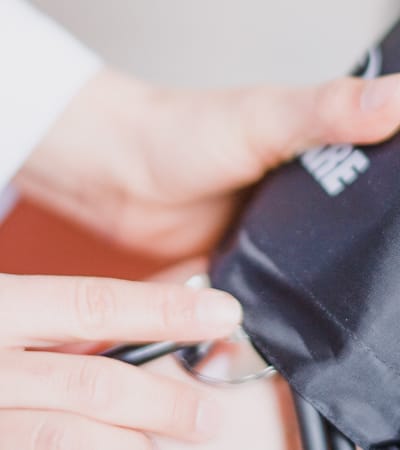Lateral Collateral Ligament (LCL) Injury
Causes
Lateral collateral ligament injuries happen when the knee is pushed sideways toward the outer side of the body or from hard impact to the inside of the knee. The LCL usually only stretches in minor injuries, but can rupture completely when the injury is severe. Sports that involve a lot of hard contact, bending, and jumping are the primary causes of an LCL injury.
Symptoms
Symptoms of a lateral collateral ligament injury include pain and swelling to the outer side of the knee. Stiffness and feeling like the knee is unstable or could buckle are also common symptoms. A feeling of numbness or weakness in the foot is also possible after LCL injuries.
Diagnosis
Physicians will conduct a thorough exam and ask questions about symptoms and medical history. Tenderness, swelling, and knee/leg movement will be assessed. X-rays may also be used to properly diagnose a lateral collateral ligament injury.
Treatment
Most lateral collateral ligament injuries can be treated conservatively with rest, ice, and physical therapy. Knee braces may be used in moderate LCL injuries. If the LCL is completely torn or ruptured, surgery could be necessary to repair the damage.




